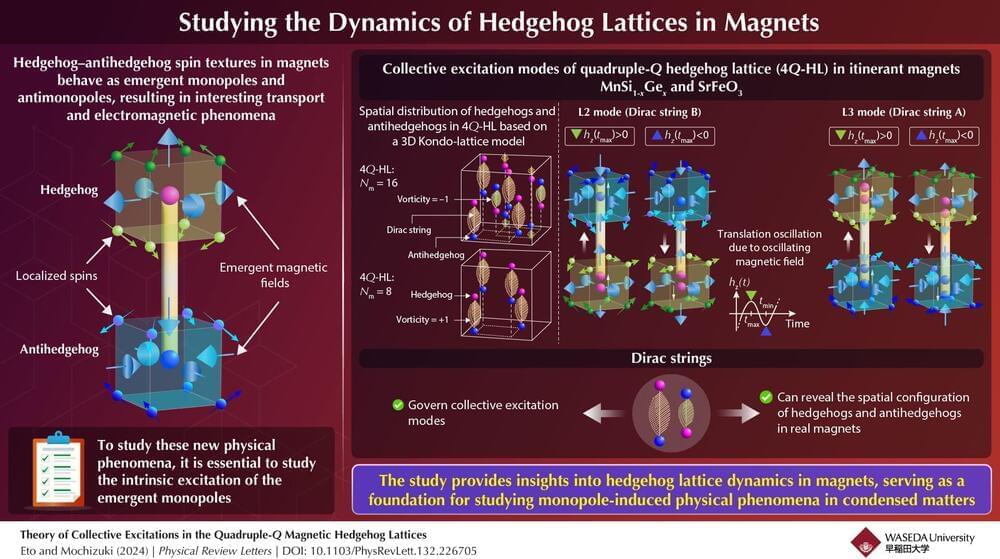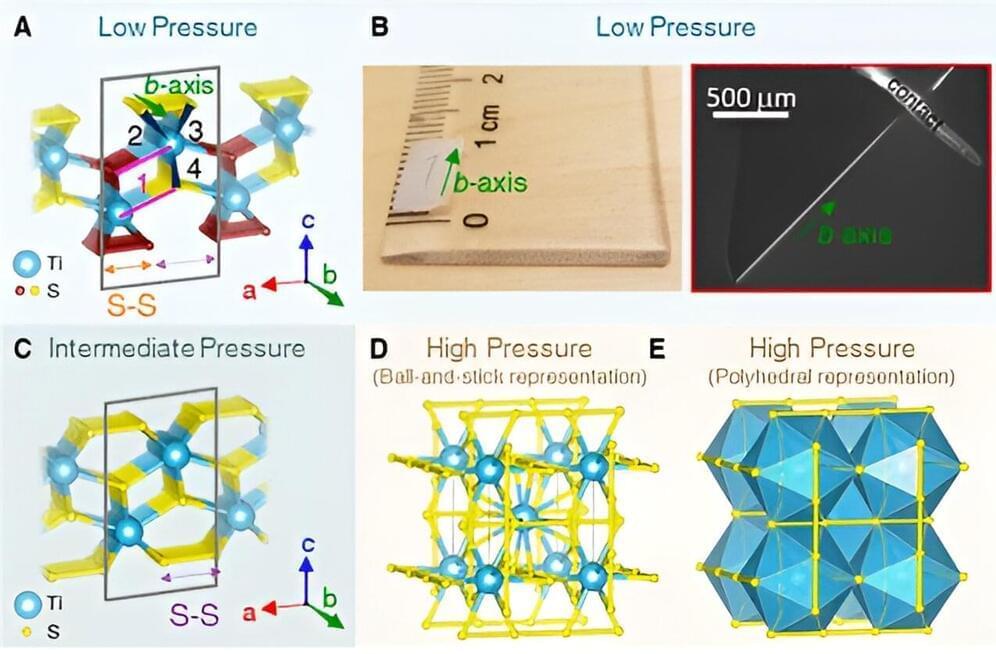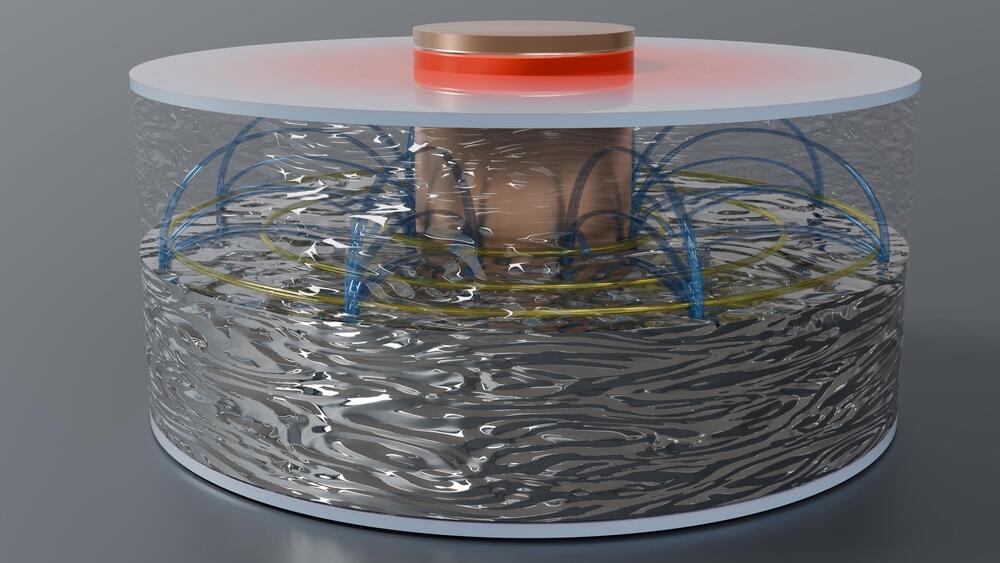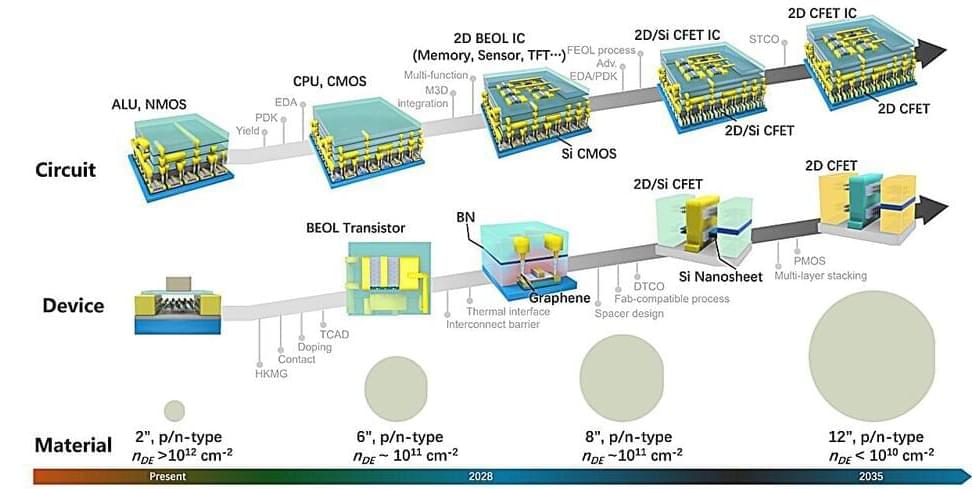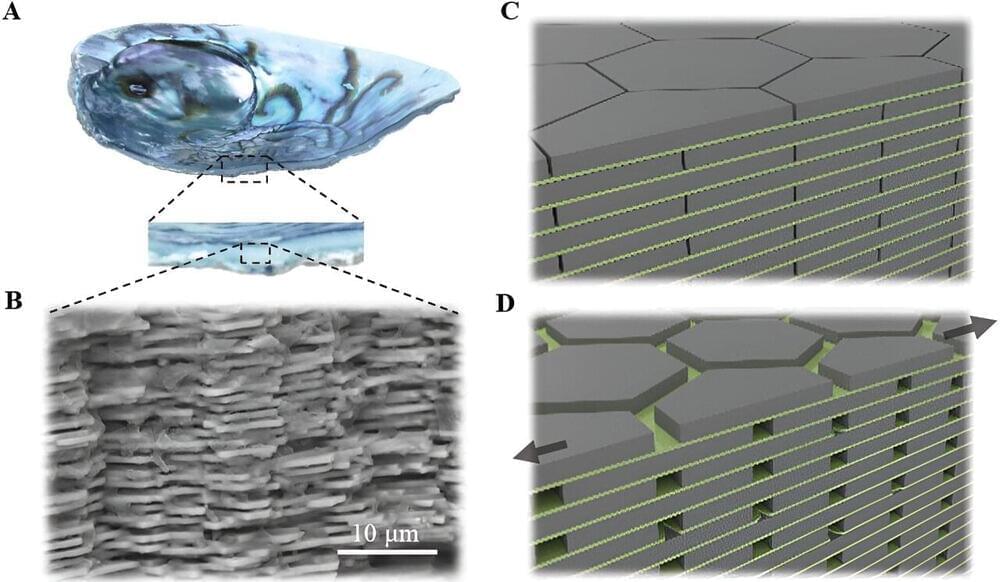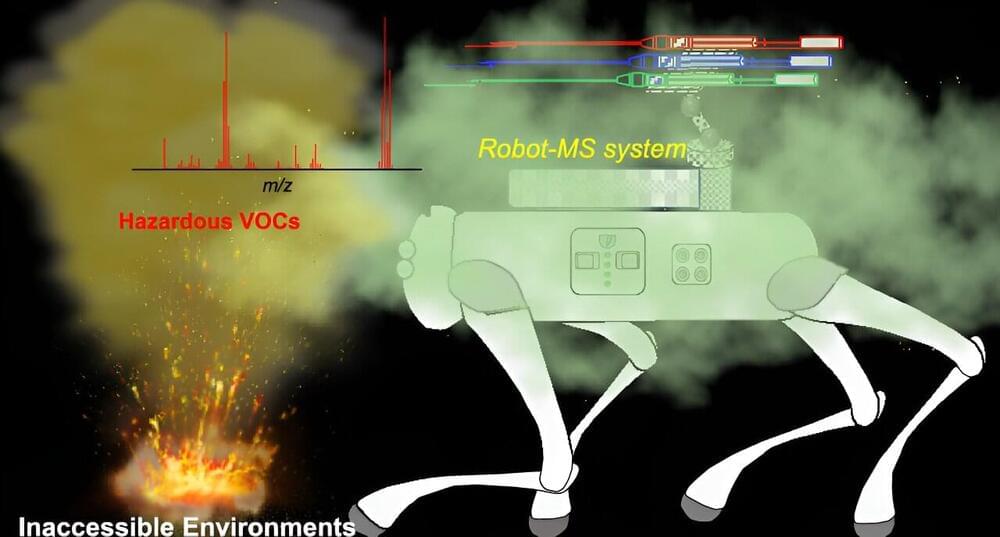Jun 12, 2024
Researchers unveil the dynamical nature of emergent magnetic monopoles in real magnets for the first time
Posted by Saúl Morales Rodriguéz in category: materials
Recently, researchers discovered that a material called manganese germanide (MnGe) has a unique periodic structure, formed by special magnetic configurations called hedgehogs and antihedgehogs, which is called a magnetic hedgehog lattice.
In these special configurations, the magnetic moments point radially outward (hedgehog) or inward (antihedgehog), resembling the spines of a hedgehog. These hedgehogs and antihedgehogs act like magnetic monopoles and antimonopoles, serving as sources or sinks of emergent magnetic fields.
MnGe exhibits what is known as a triple-Q hedgehog lattice. However, recent experiments have shown that the substitution of Ge with Si (MnSi1-x Gex) transforms the arrangement into the quadruple-Q hedgehog lattice (4Q-HL).
